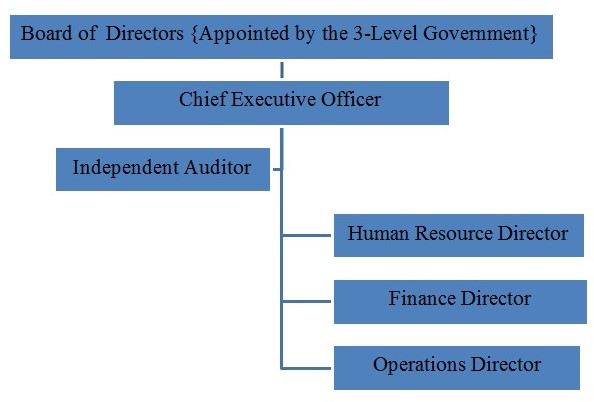The federal, state, and local level governments have different roles to play in airport system planning. According to Zografos, Andreatta, and Odoni (2013), the federal government is responsible for funding the planning activities at the airport. It has the resources to do so. The local governments are always responsible for developing and implementing the plans. Ludwig and Ayres (2007) say that although the local governments are responsible for the management of the airports, they lack funds to implement mega plans such as airport expansions and upgrades. The scholars also say that traditionally, the state governments in the country have played a negligible role in the planning and funding of airports. However, a few states are currently considering taking part actively in long-term planning and funding of the airports.
Land within airports plays different roles. It includes landing areas, terminals, and access plans among others. Hoerter (2011) says that all structures within an airport have to be set up on land. The size and quality of an airport start with the size of the land. An expansion can only be realized if there is enough space set aside for access plans. International airports in the country have duty-free shops, custom-bonded warehouses, staff and security offices, restaurants and important buildings among others. All of them can only be constructed if the land is available within the airport.
Airport capacity refers to the number of passengers and amount of goods a given airport can handle within a unit of time. Airport capacity is determined by a number of factors. The first factor is the number of planes that can land and take off per unit time (Hazel, 2011). The number of landings and take-offs is not only determined by the size of the airport but also by the technology used. The capacity is also determined by the number of passengers who are cleared per unit time. The amount of cargo processed in the airport also defines its capacity.
Technology can be used to increase the capacity of airports. According to Wells and Young (2010), technology can help speed up the processing of passengers’ documentation and in the security check. It can also speed up the clearing of cargo that arrives or leaves the airport. Modern technologies may also be helpful in managing to land and taking off planes.
Airport financial planning methods can take place at different levels. The first one should be federal planning where strategic objectives and implementation strategies are set. The state and local governments should coordinate the development of operational plans. Pricing at the port should be determined by the market forces. The management should also monitor emerging trends and find ways of embracing them.
The figure below is a summary of the most appropriate organizational structures and hierarchies within the airports.

The top management unit should be the board of directors appointed by the federal, state, and local governments. The board is headed by a chairman, and the chief executive officer is its secretary. Below the board of directors is the chief executive who is responsible for the normal running of the airport. Below the chief executive are the human resource, finance, and operations directors. An independent auditor has a special position in this hierarchy. As Landry (2012) observes, internal and public relations define the image of the airport, and this directly affects organizational performance.
References
Hazel, R. (2011). Resource guide to airport performance indicators. Washington, D.C: Transportation Research Board.
Hoerter, S. (2011). The airport management primer. Mount Pleasant, S.C.: S. Hoerter.
Landry, J. (2012). Lessons learned from airport safety management systems pilot studies. Washington, D.C: Transportation Research Board.
Ludwig, A., & Ayres, M. (2007). Safety management systems for airports. Washington, D.C: Transportation Research Board.
Wells, A. T., & Young, S. B. (2010). Airport planning & management. New York: McGraw-Hill.
Zografos, G., Andreatta, G., & Odoni, A. R. (2013). Modeling and managing airport performance. Chichester: John Wiley and Sons Inc.